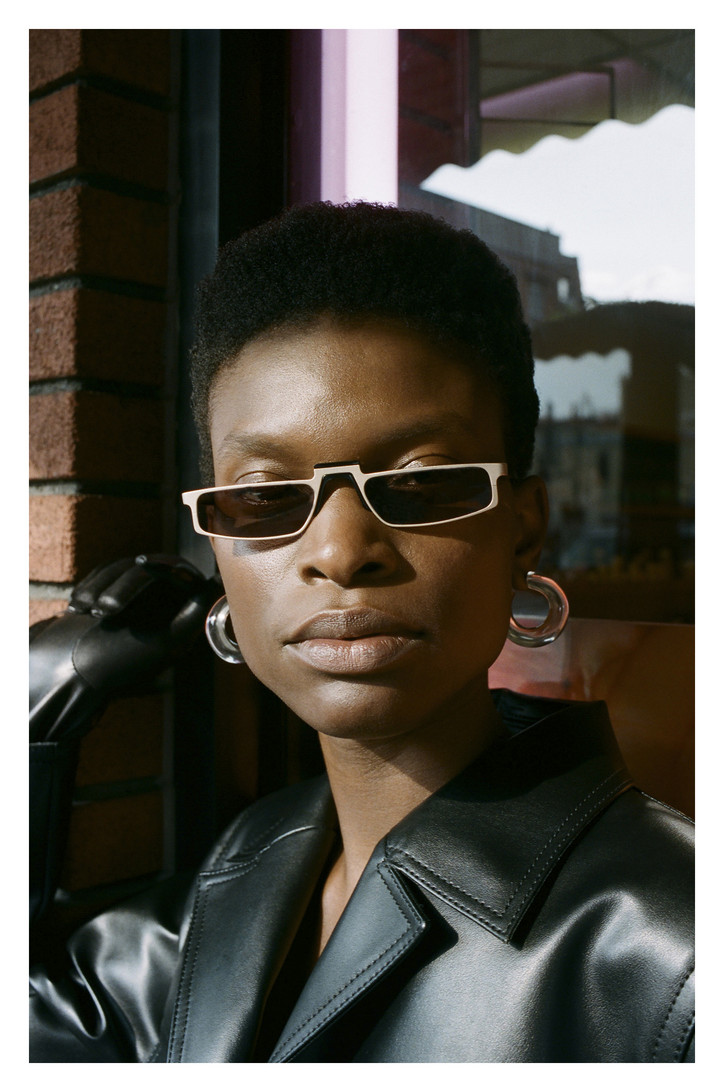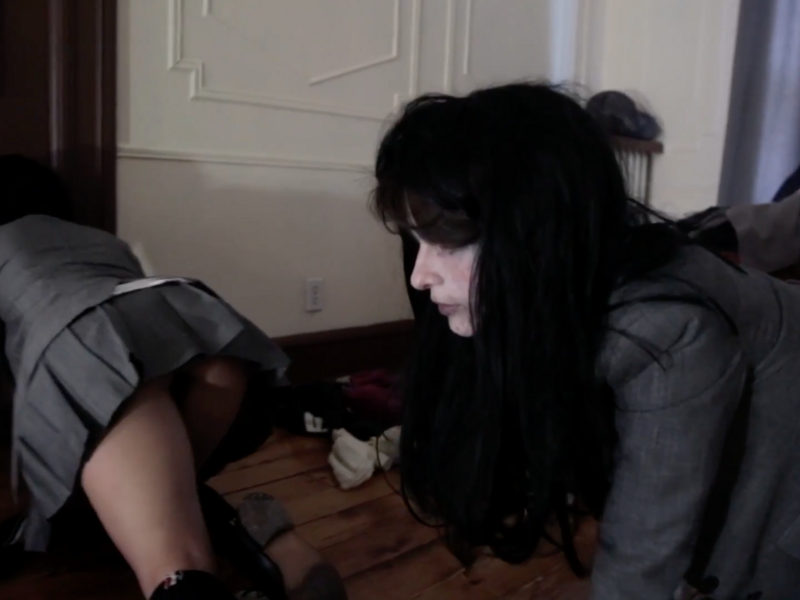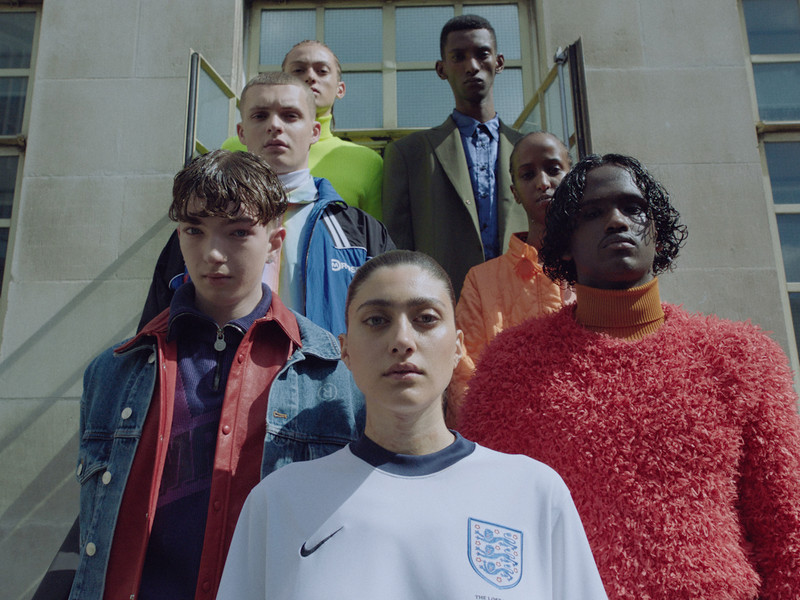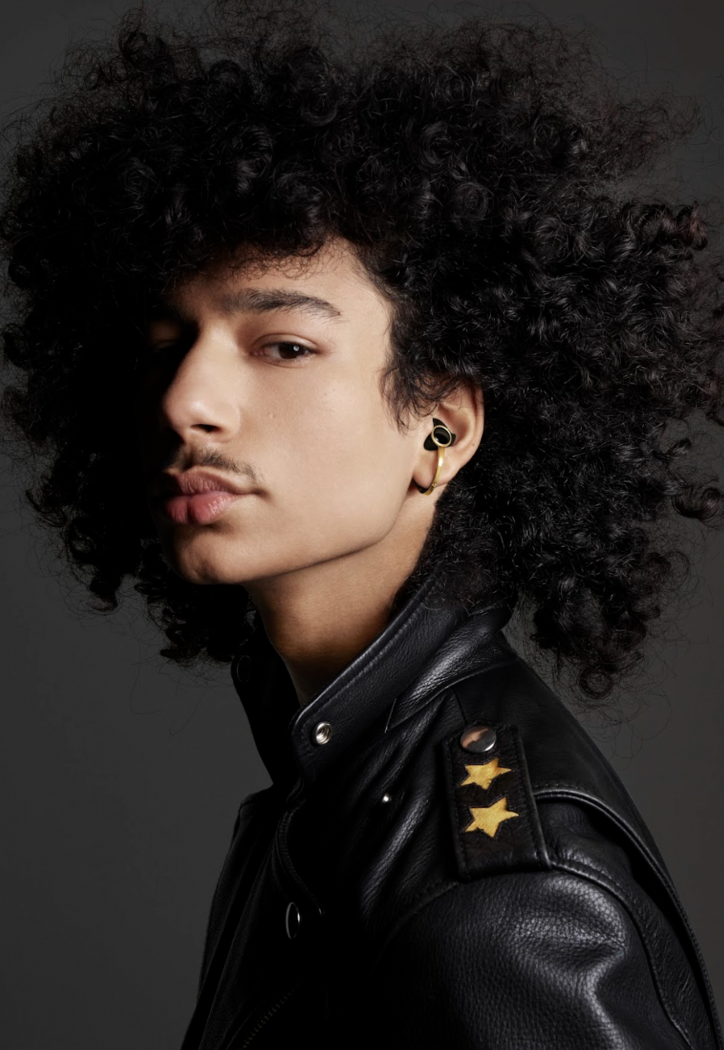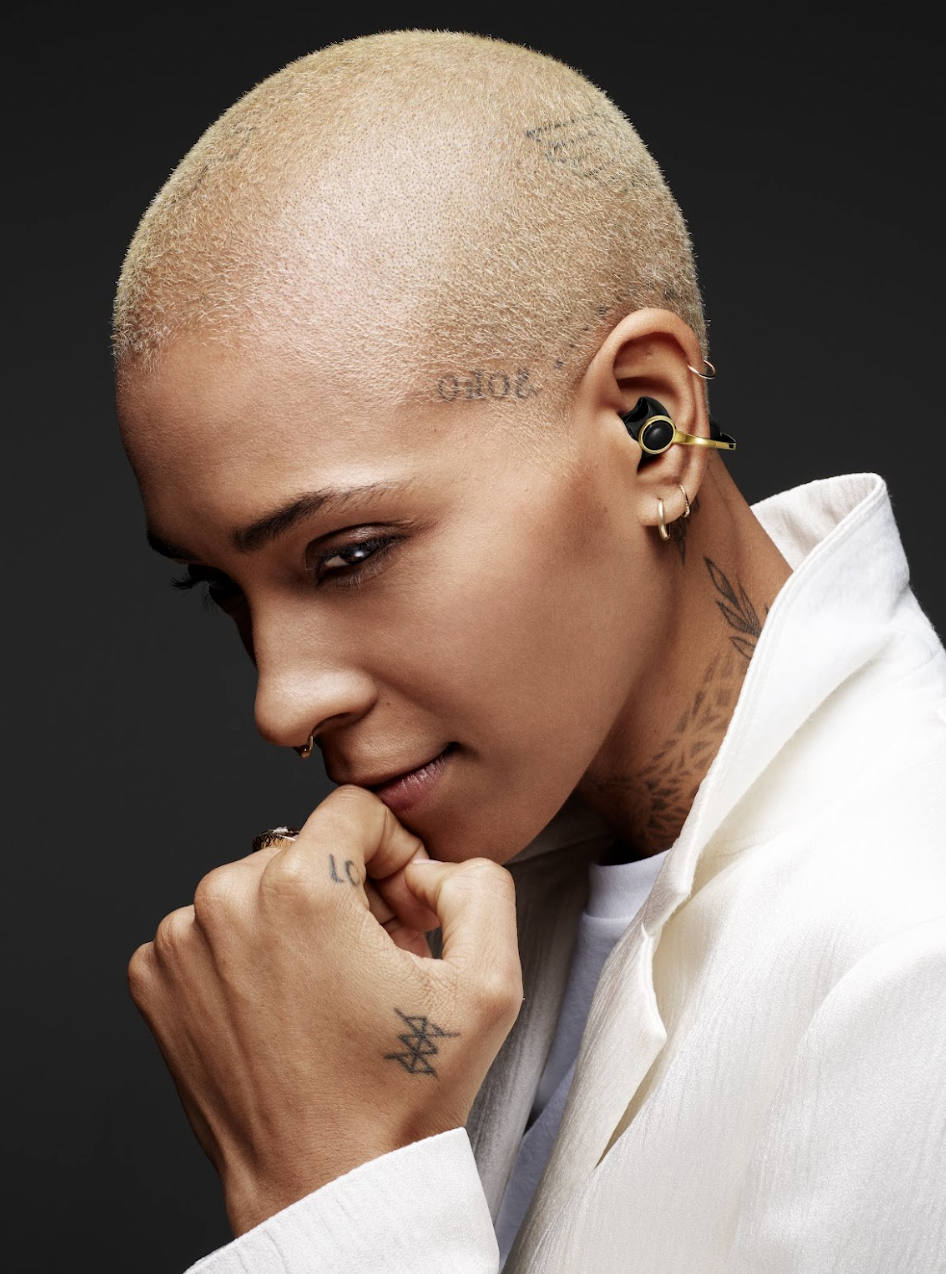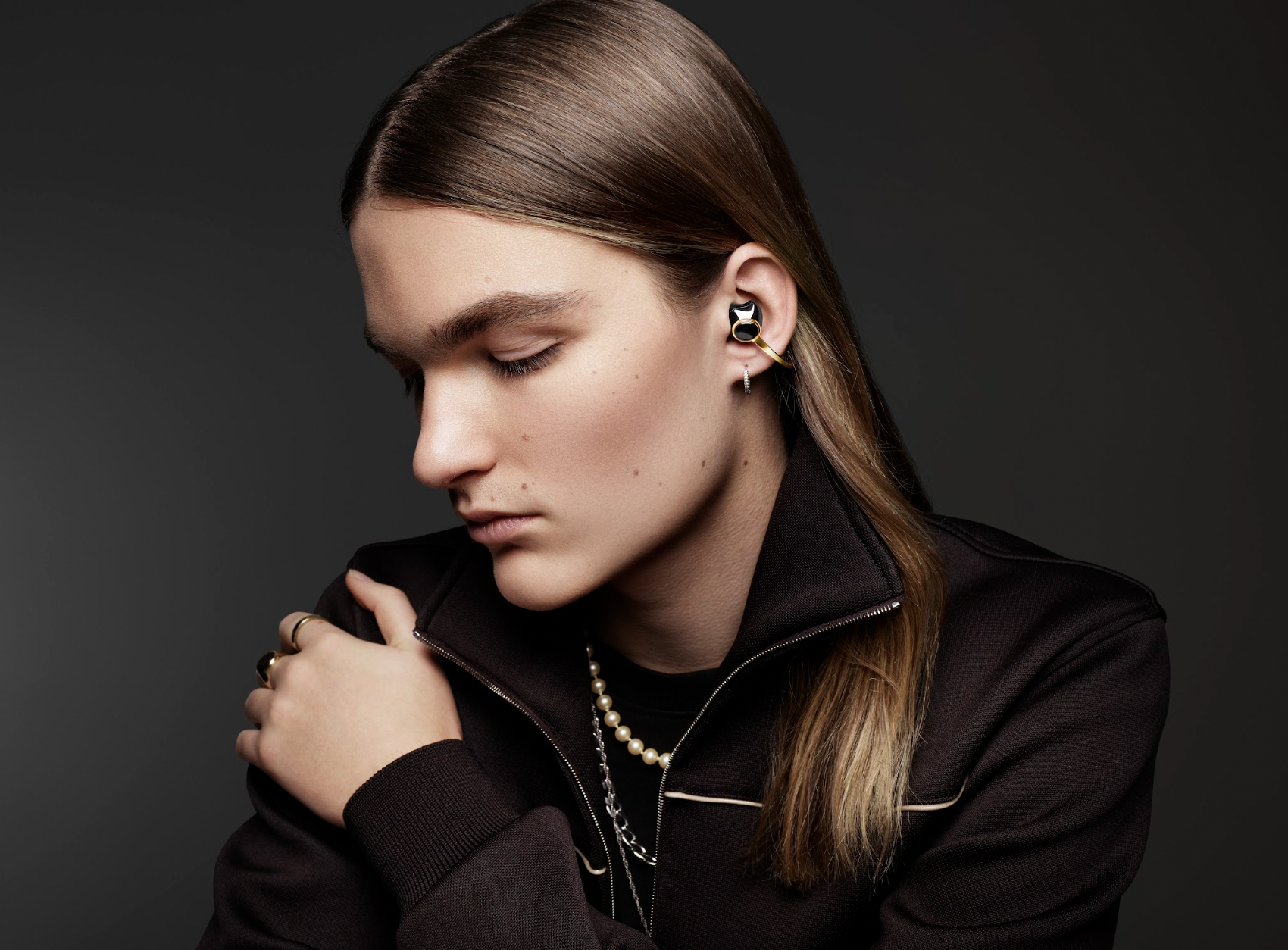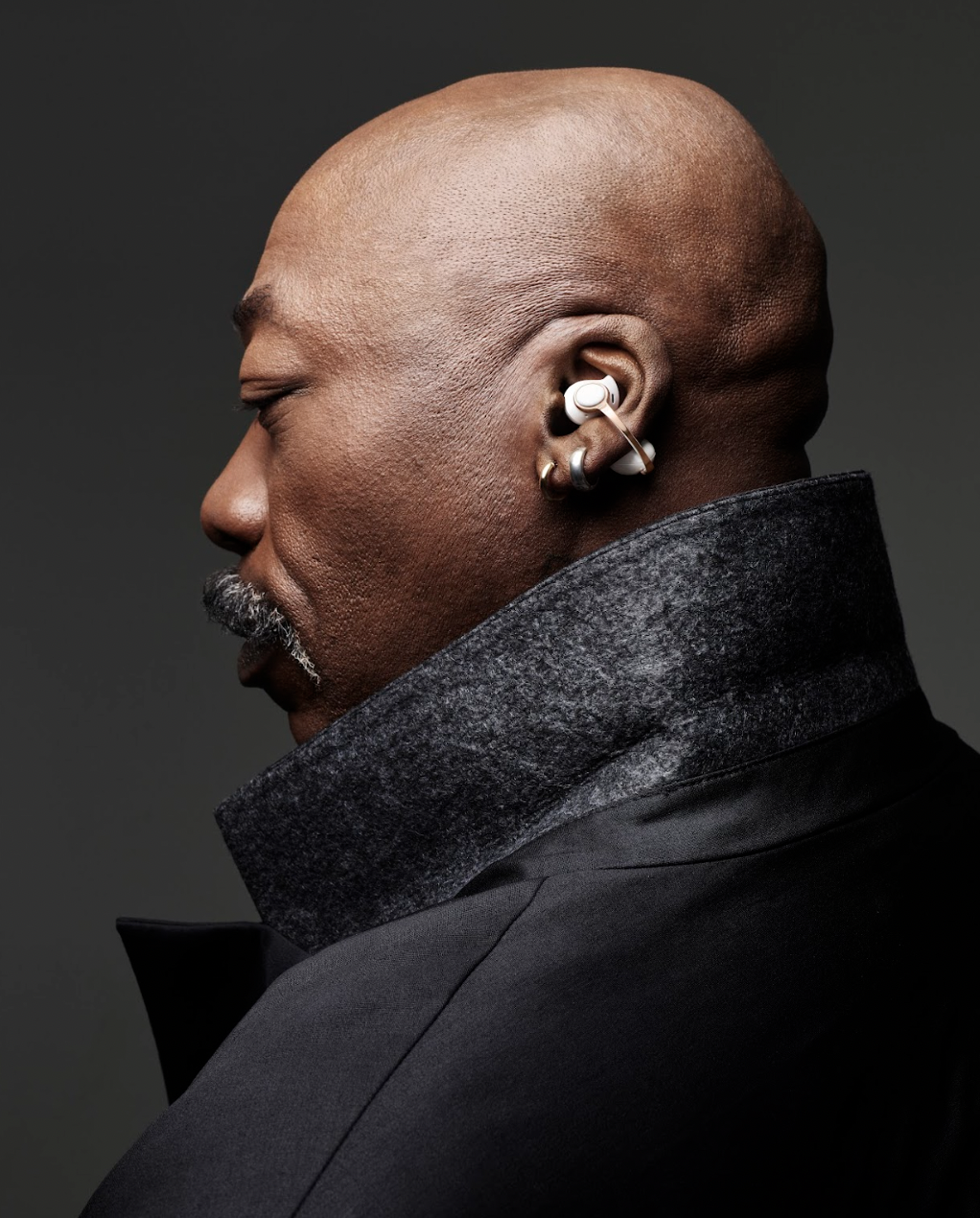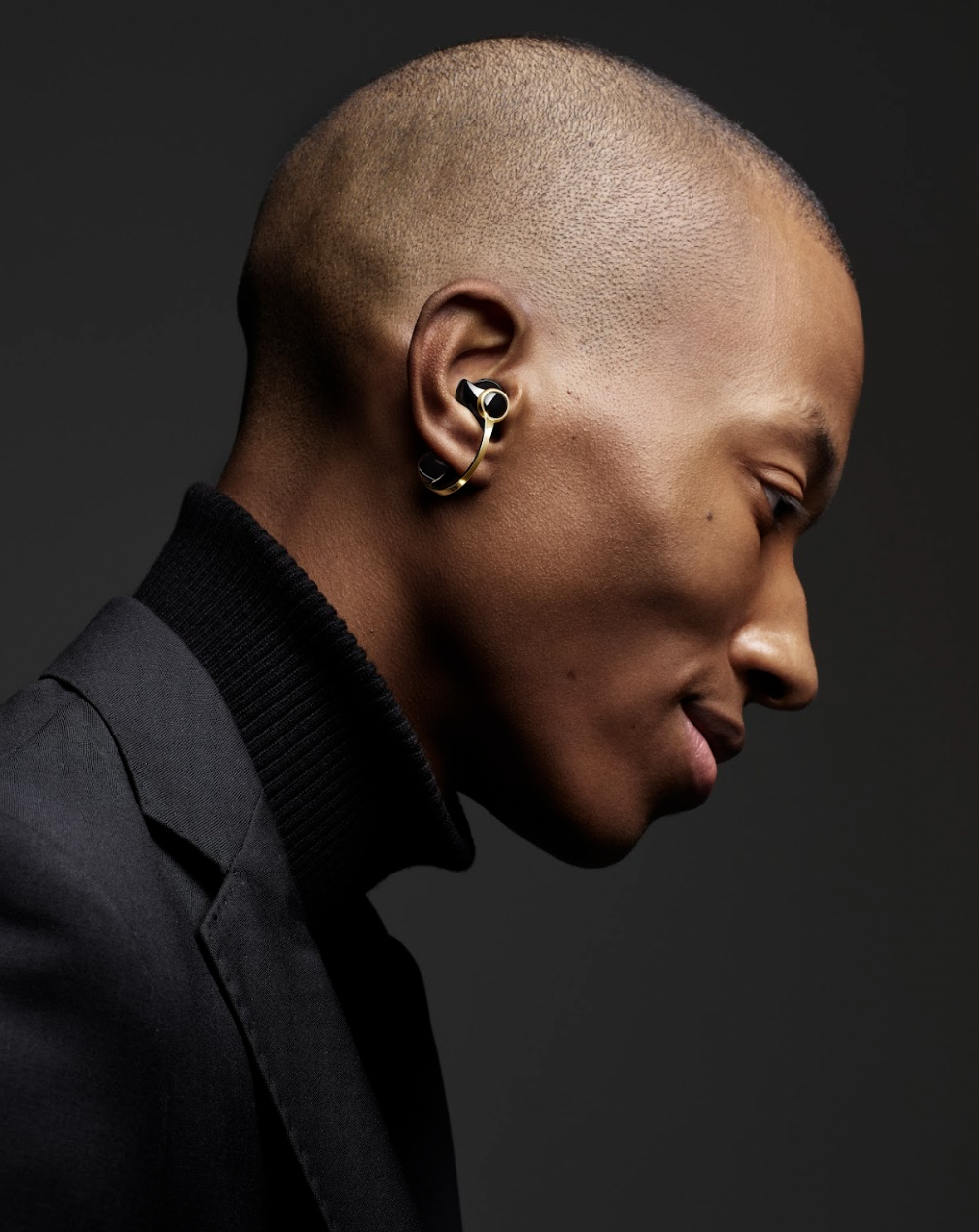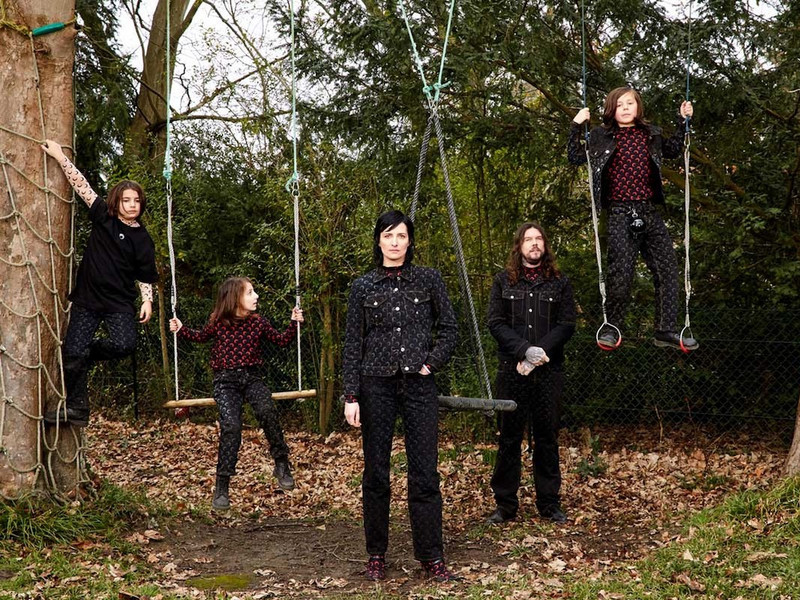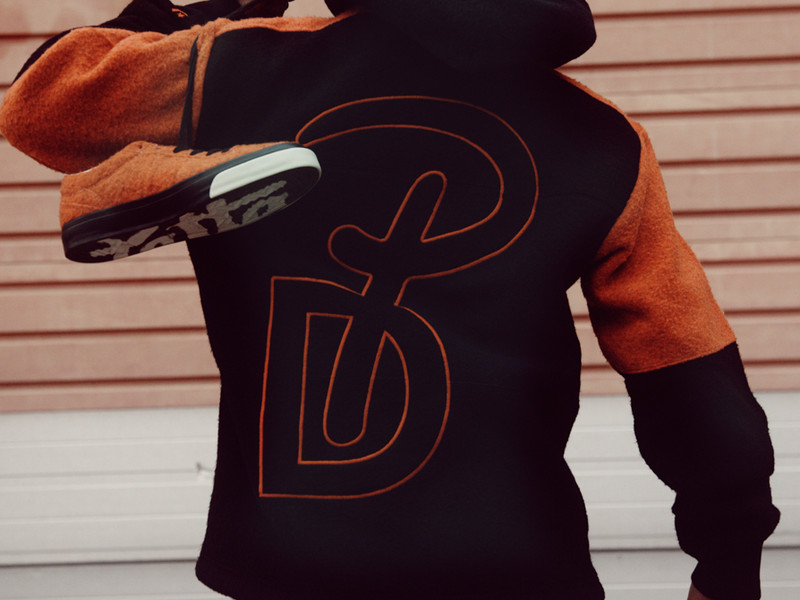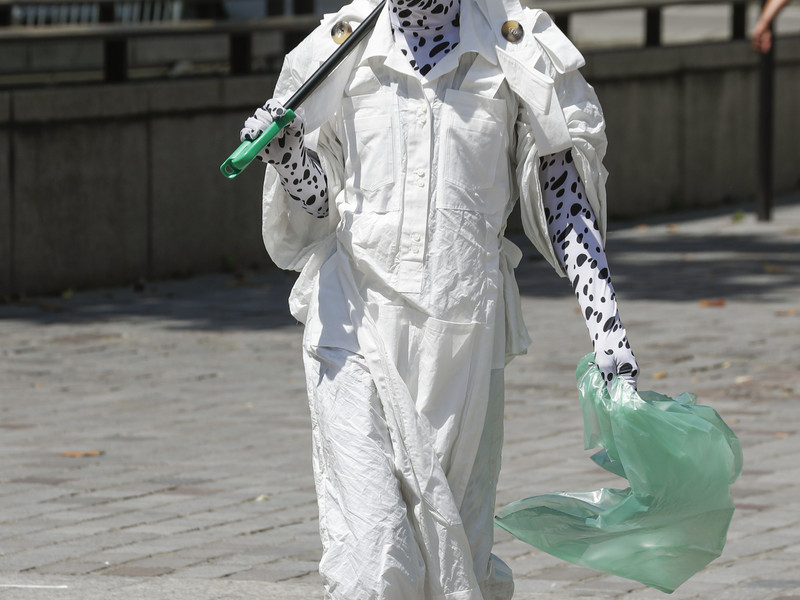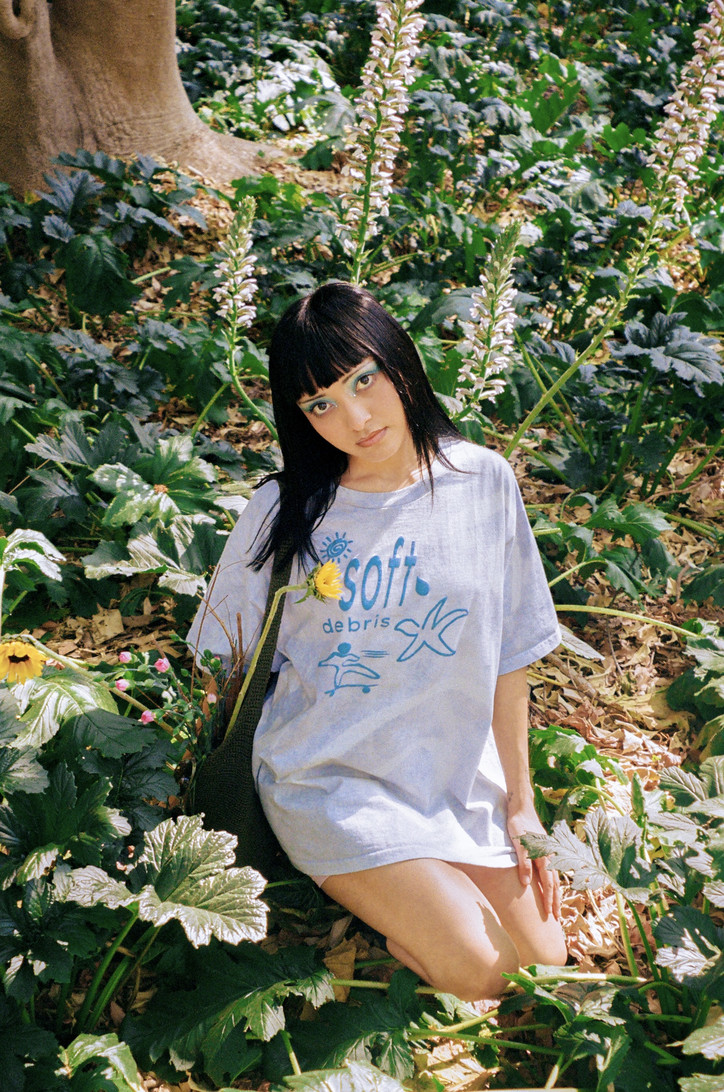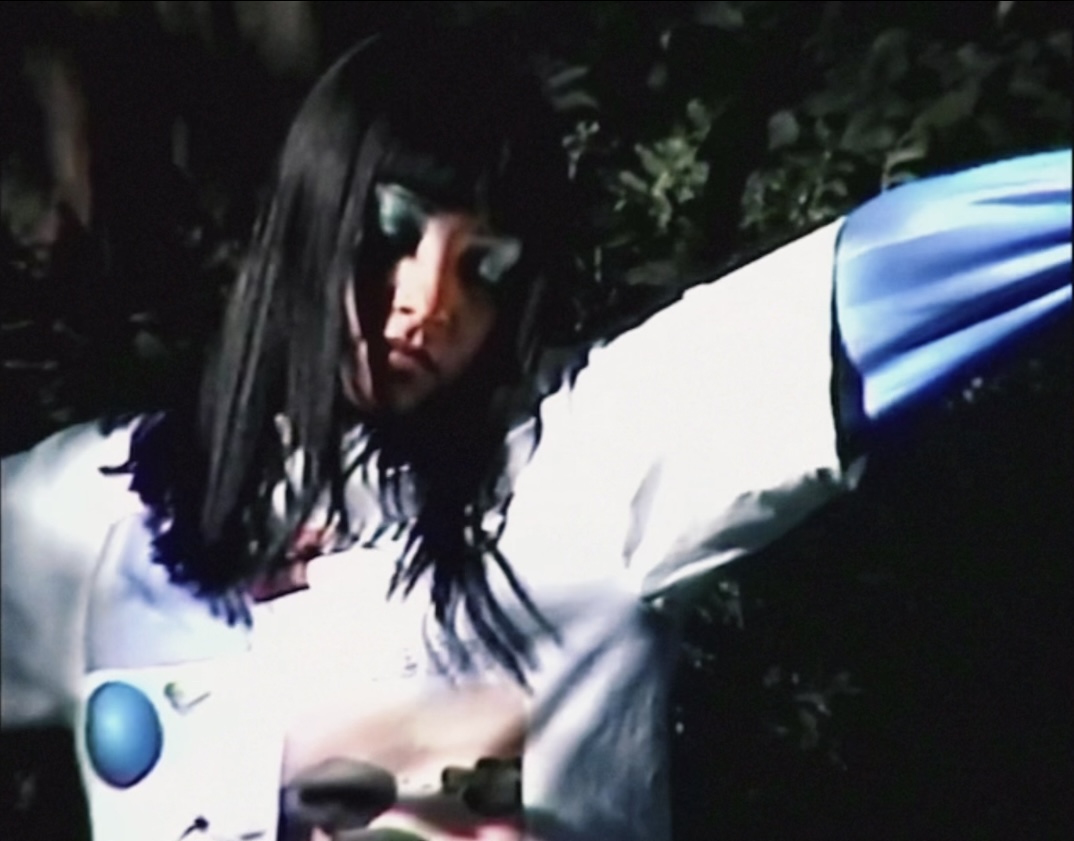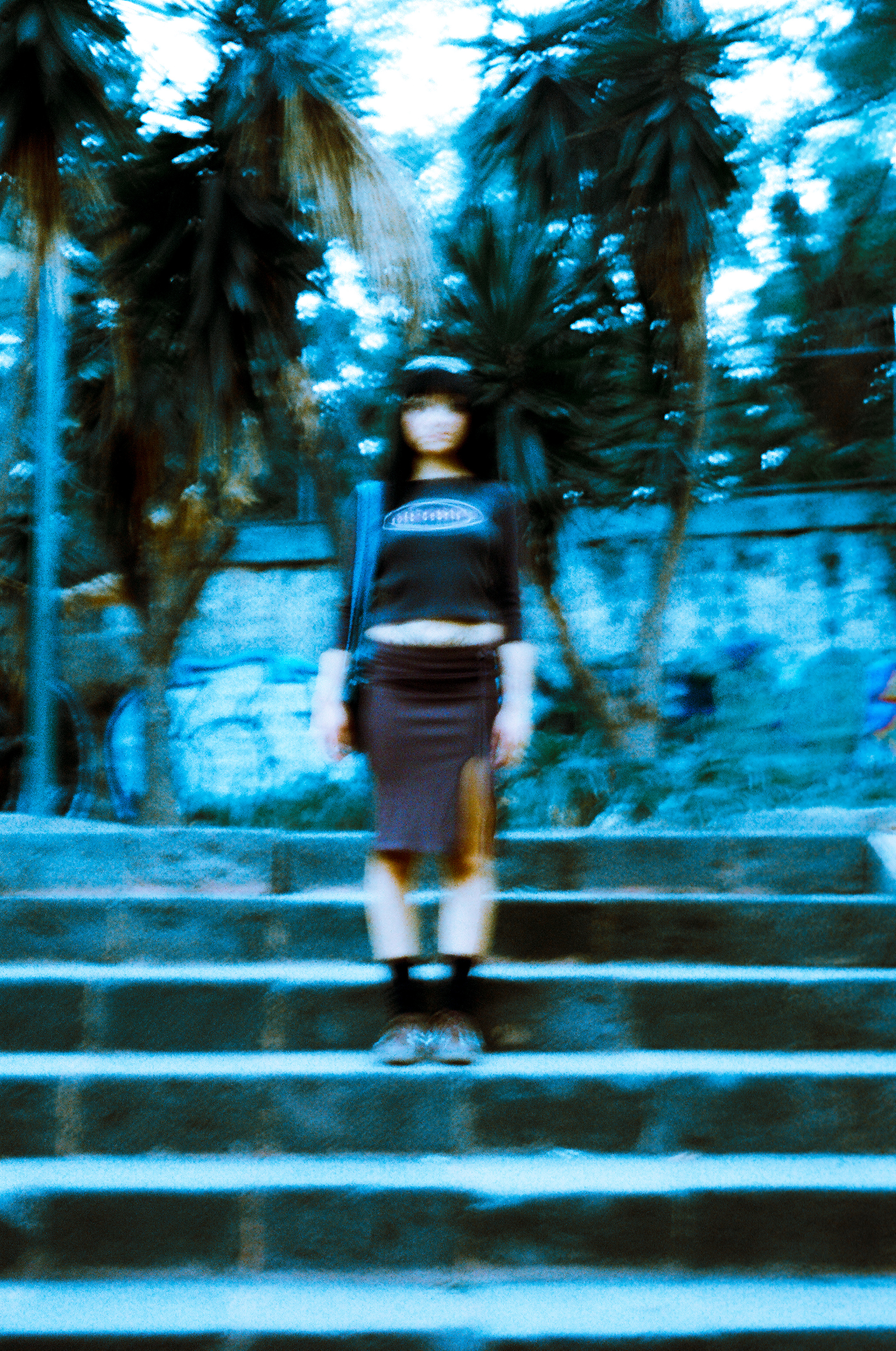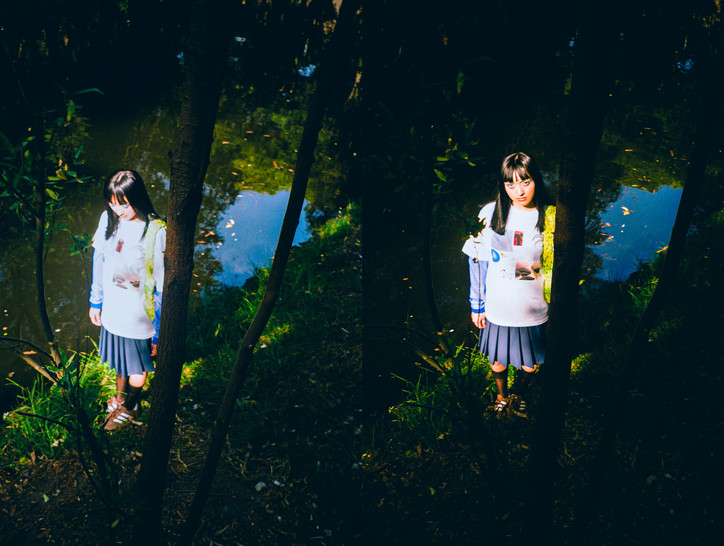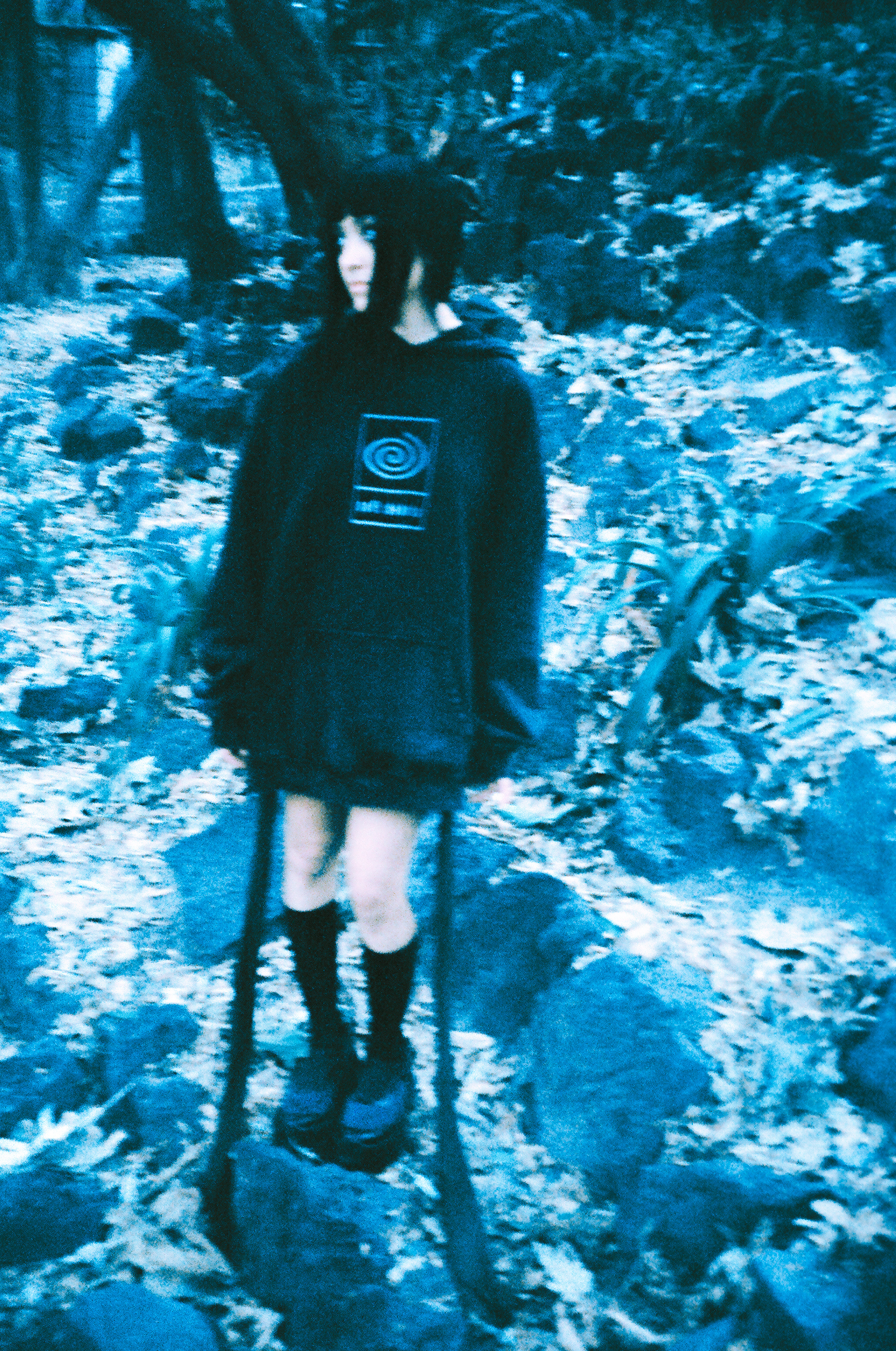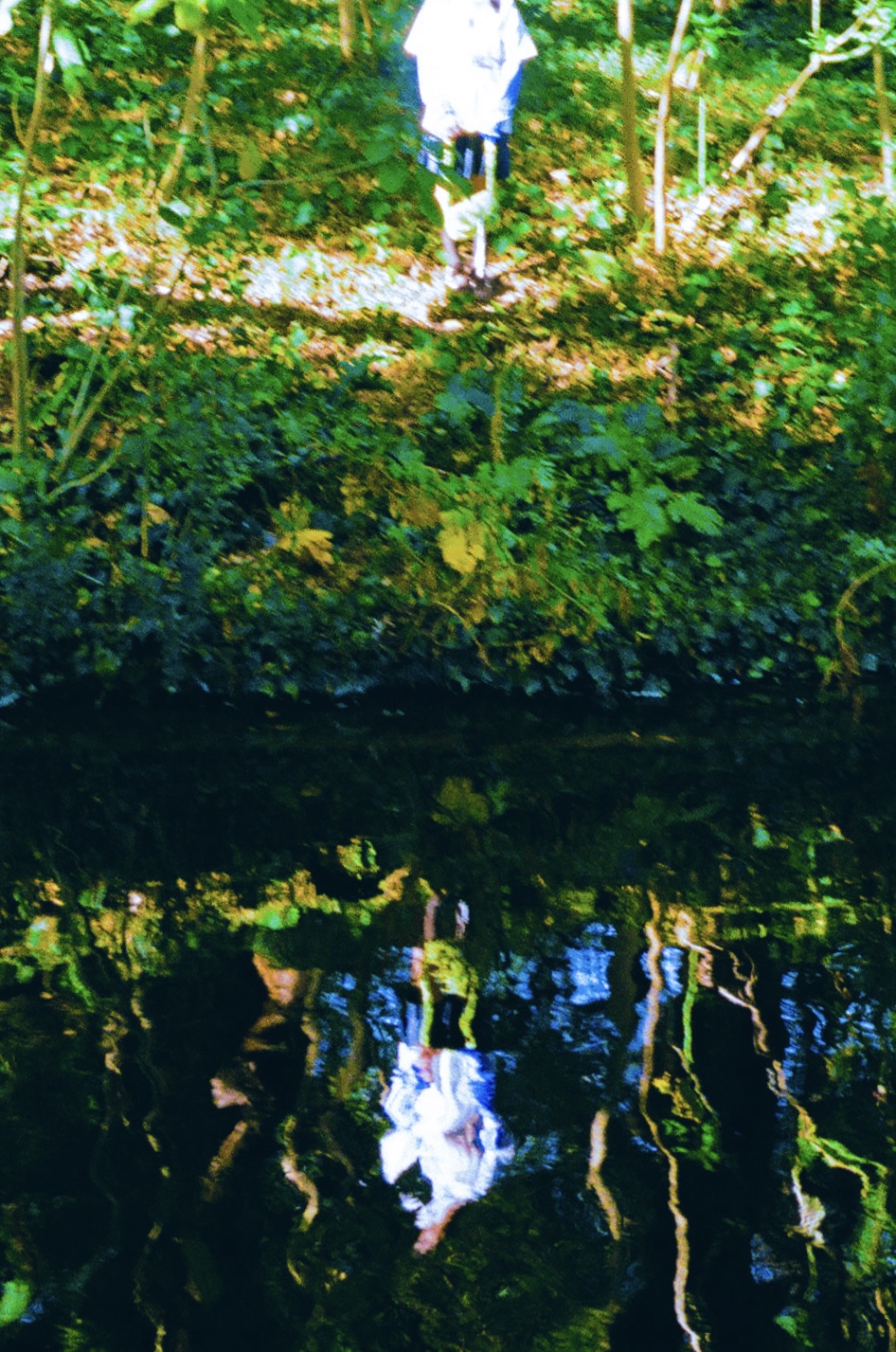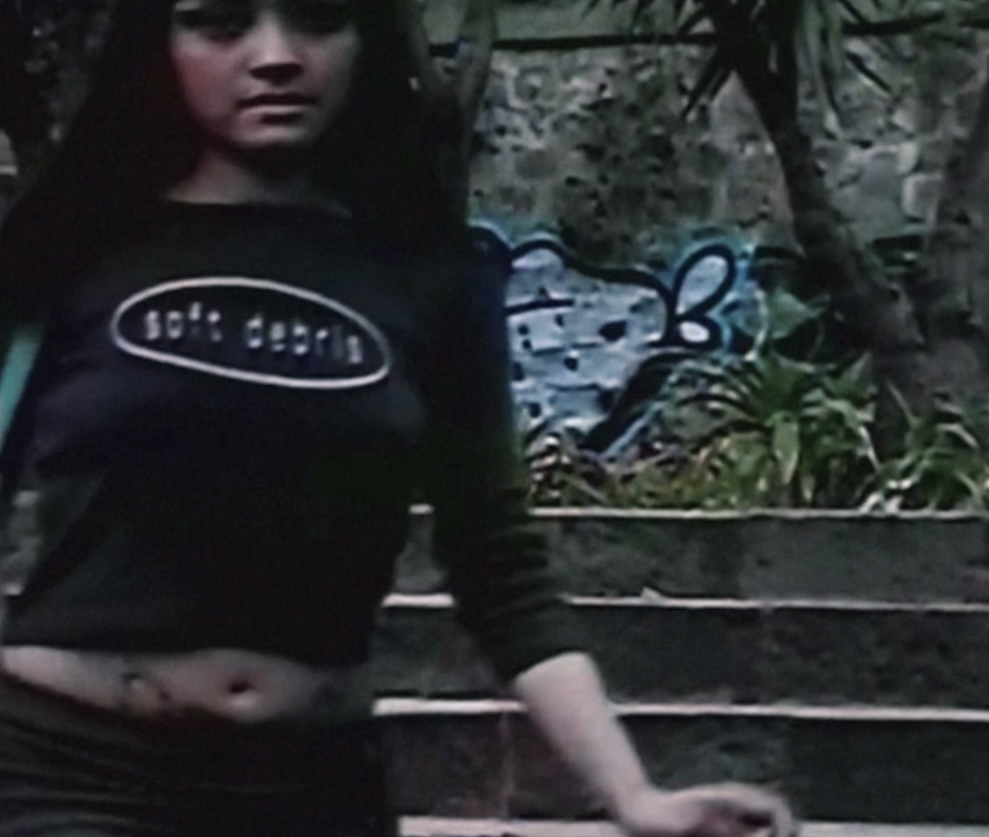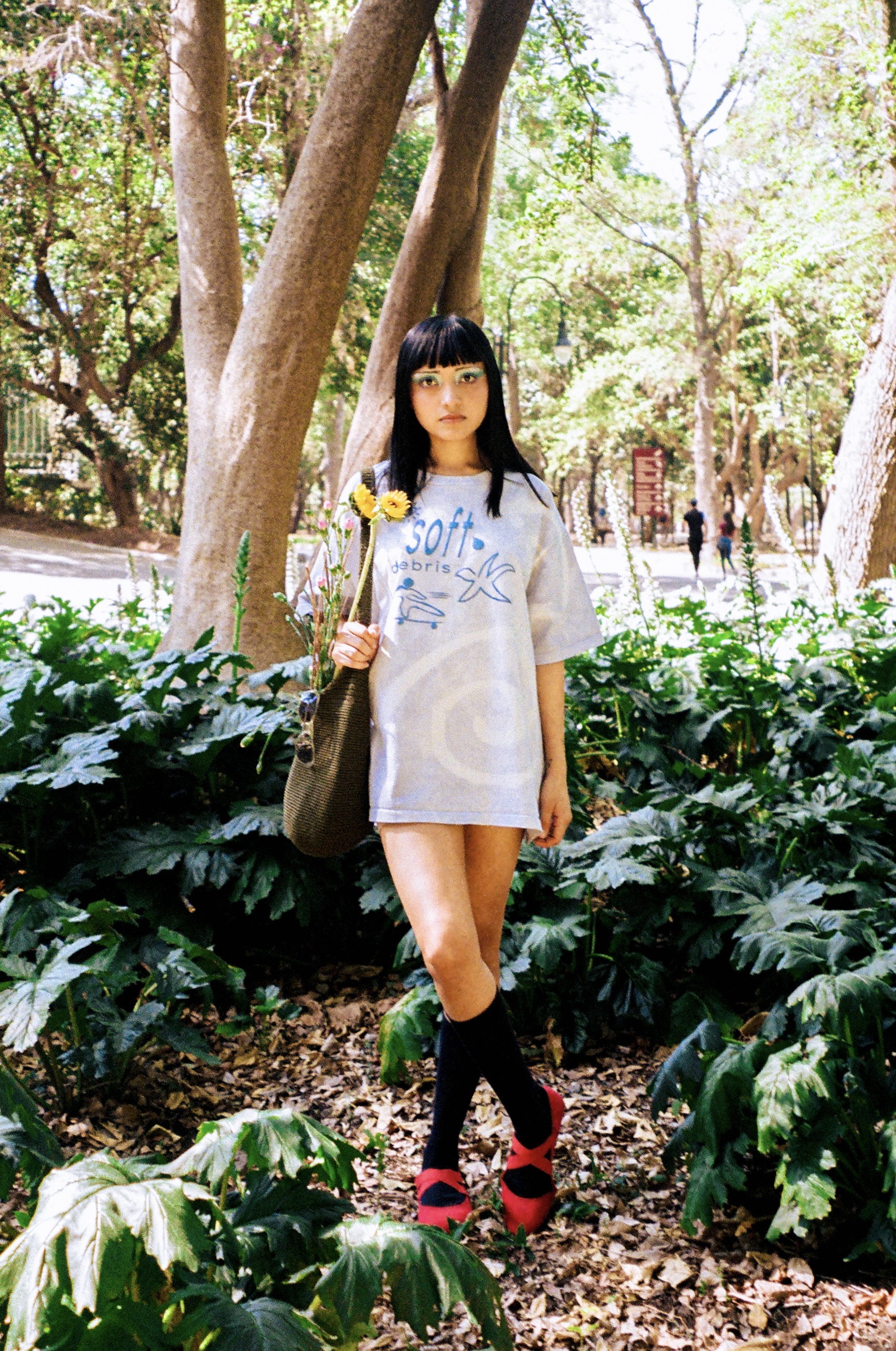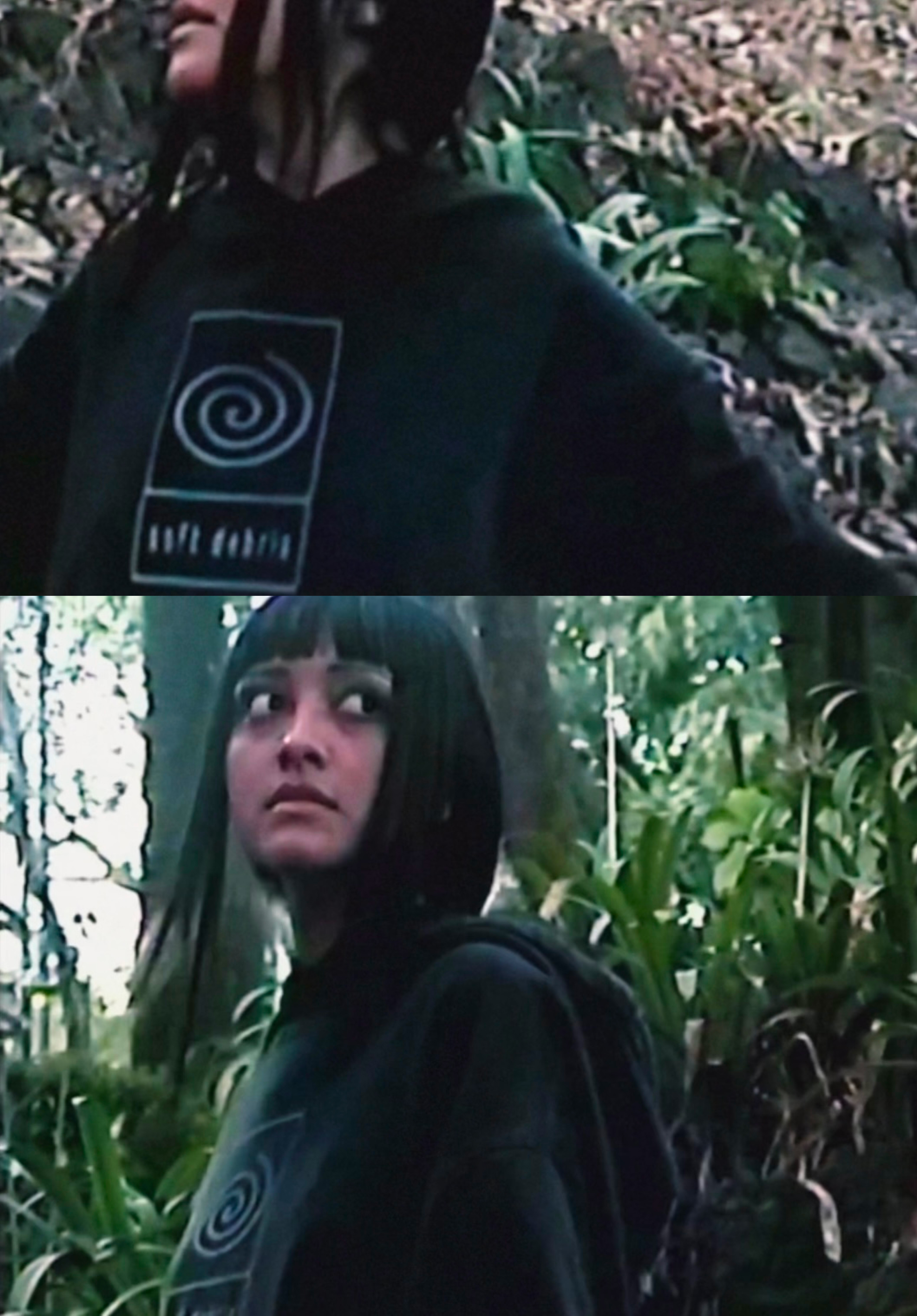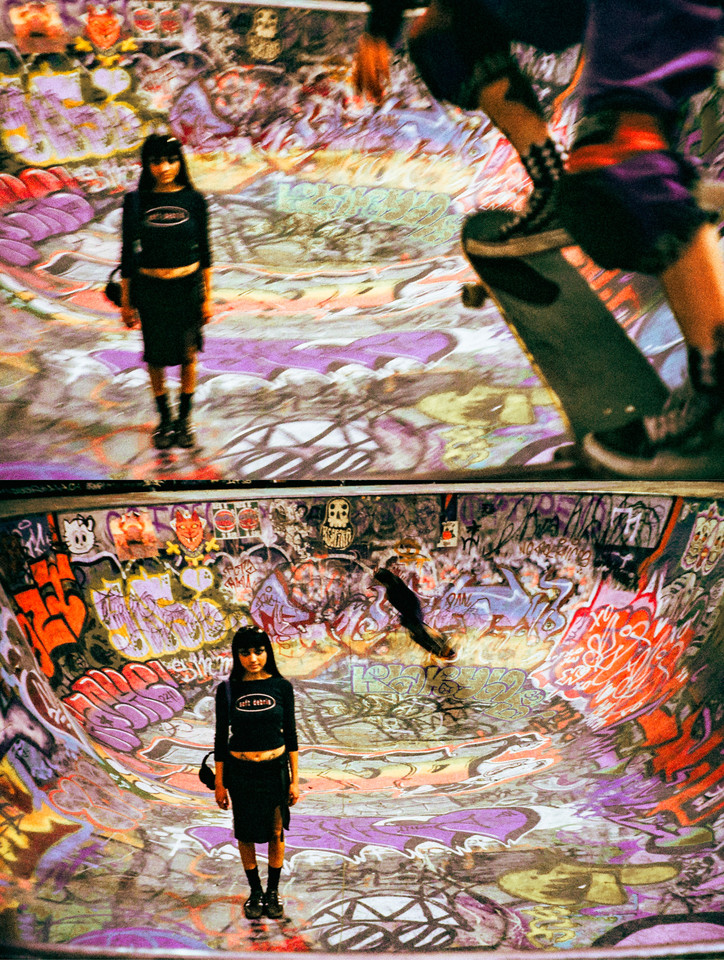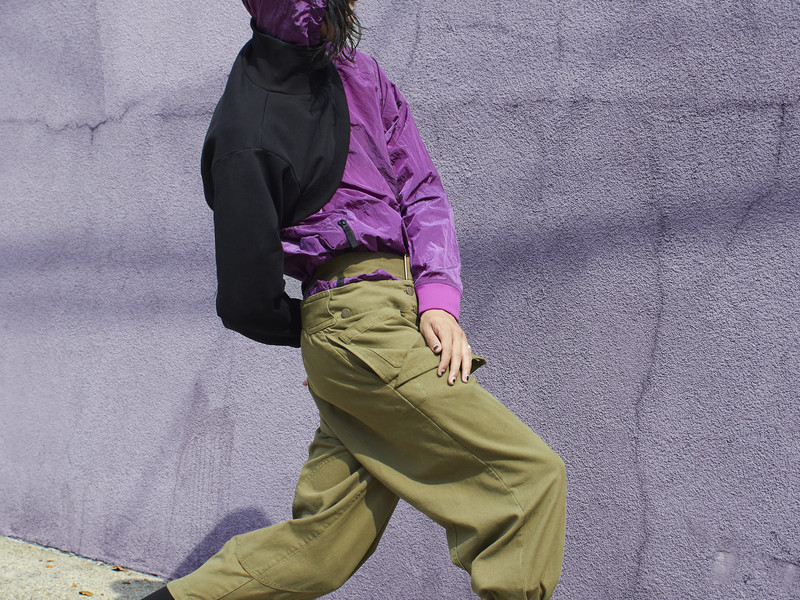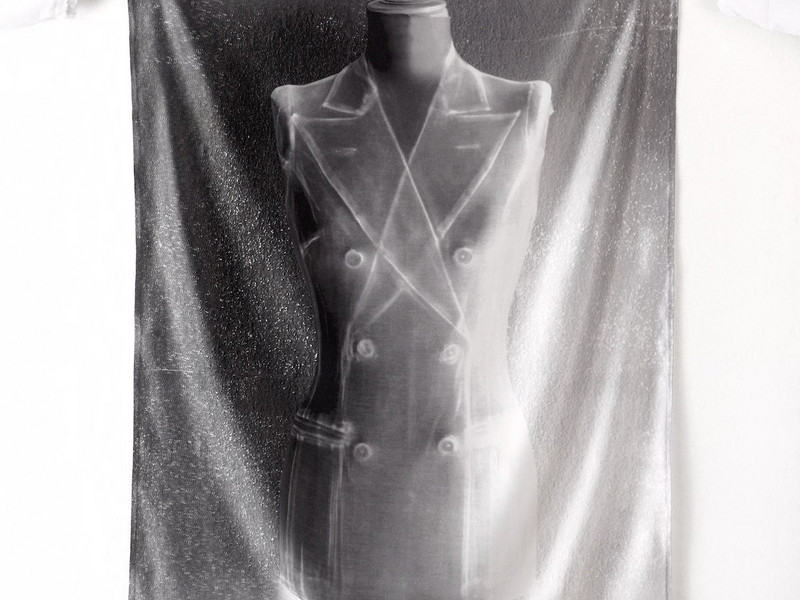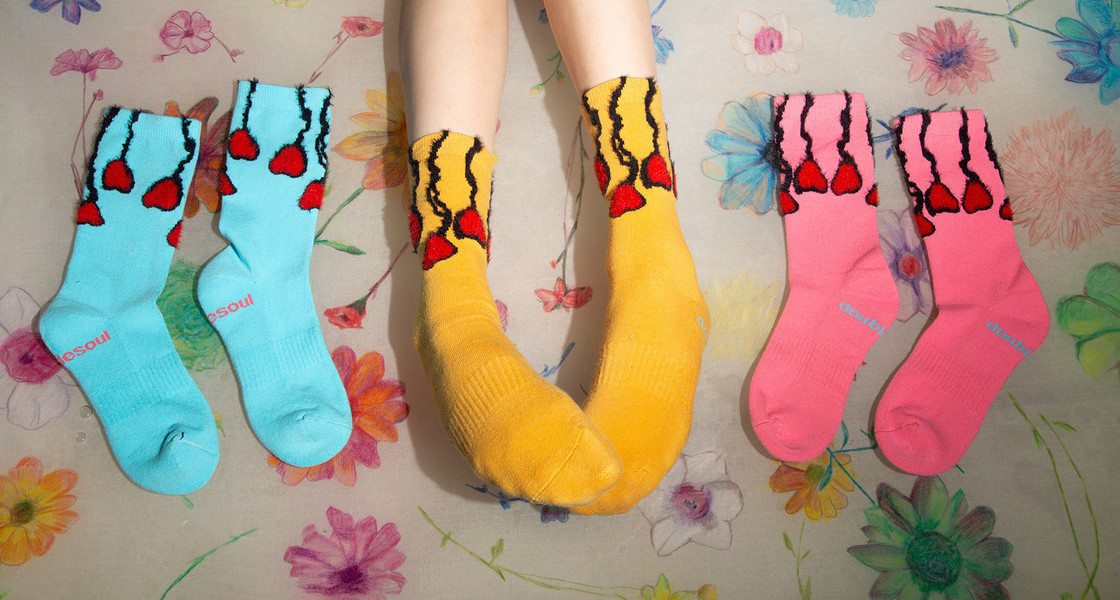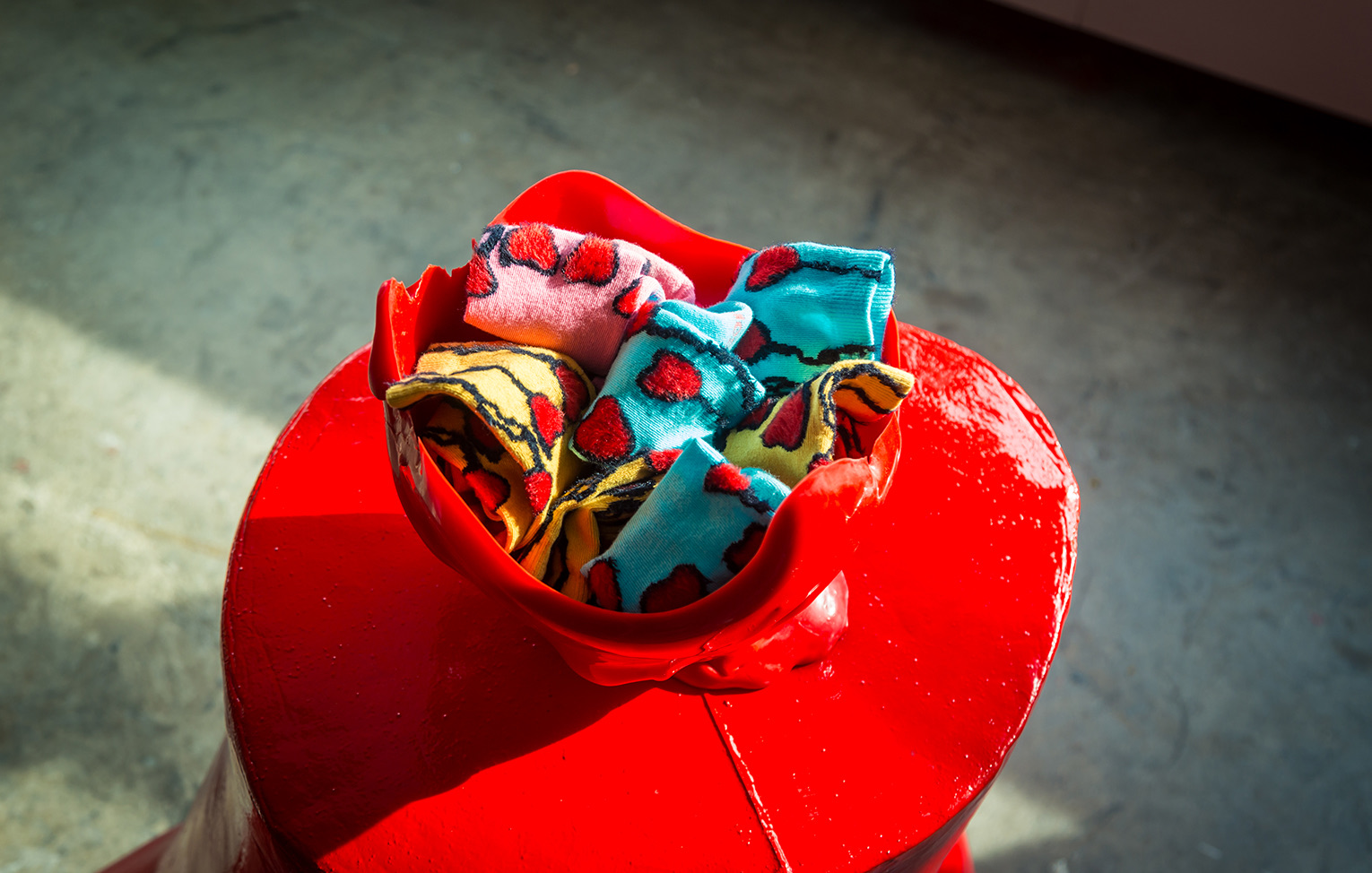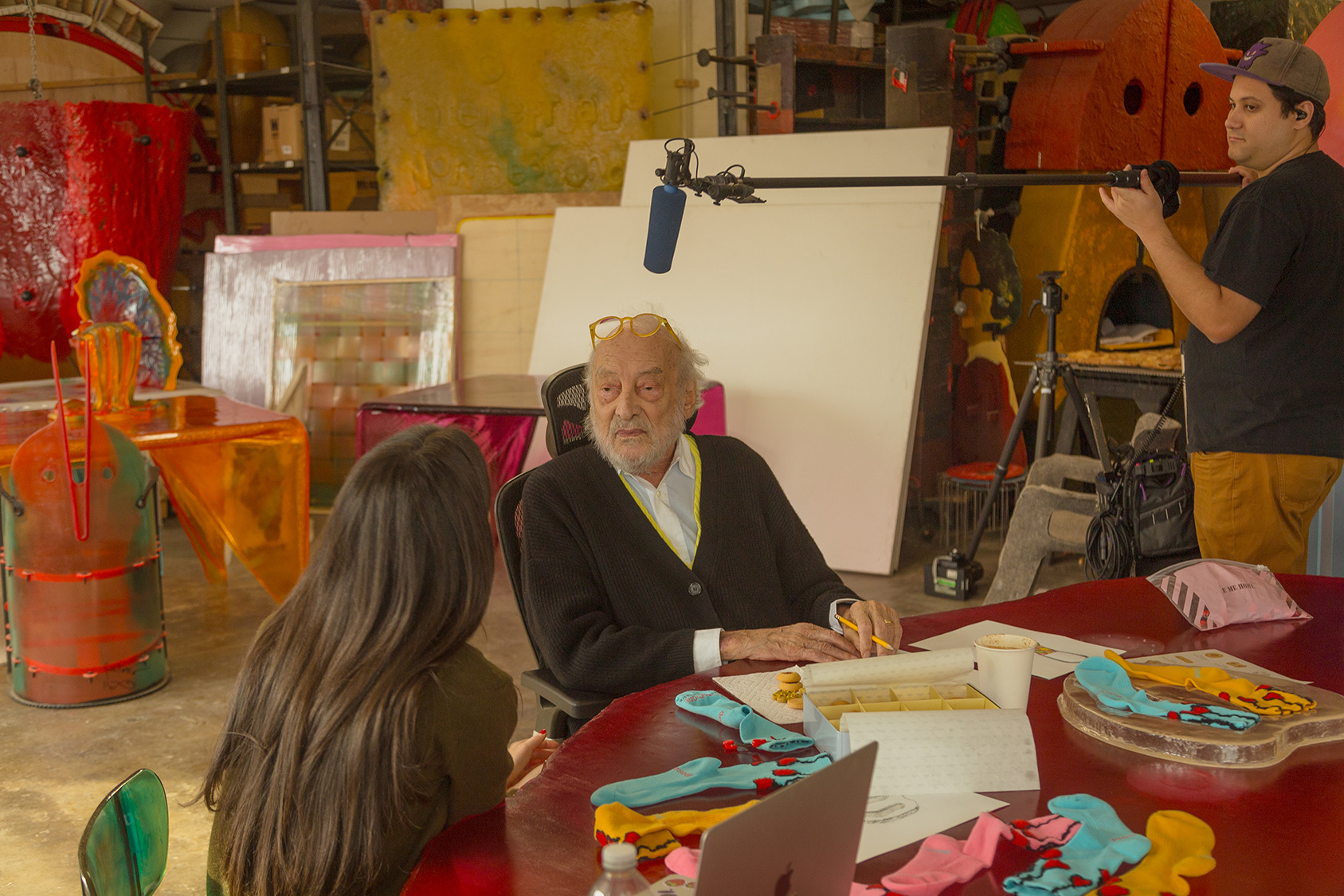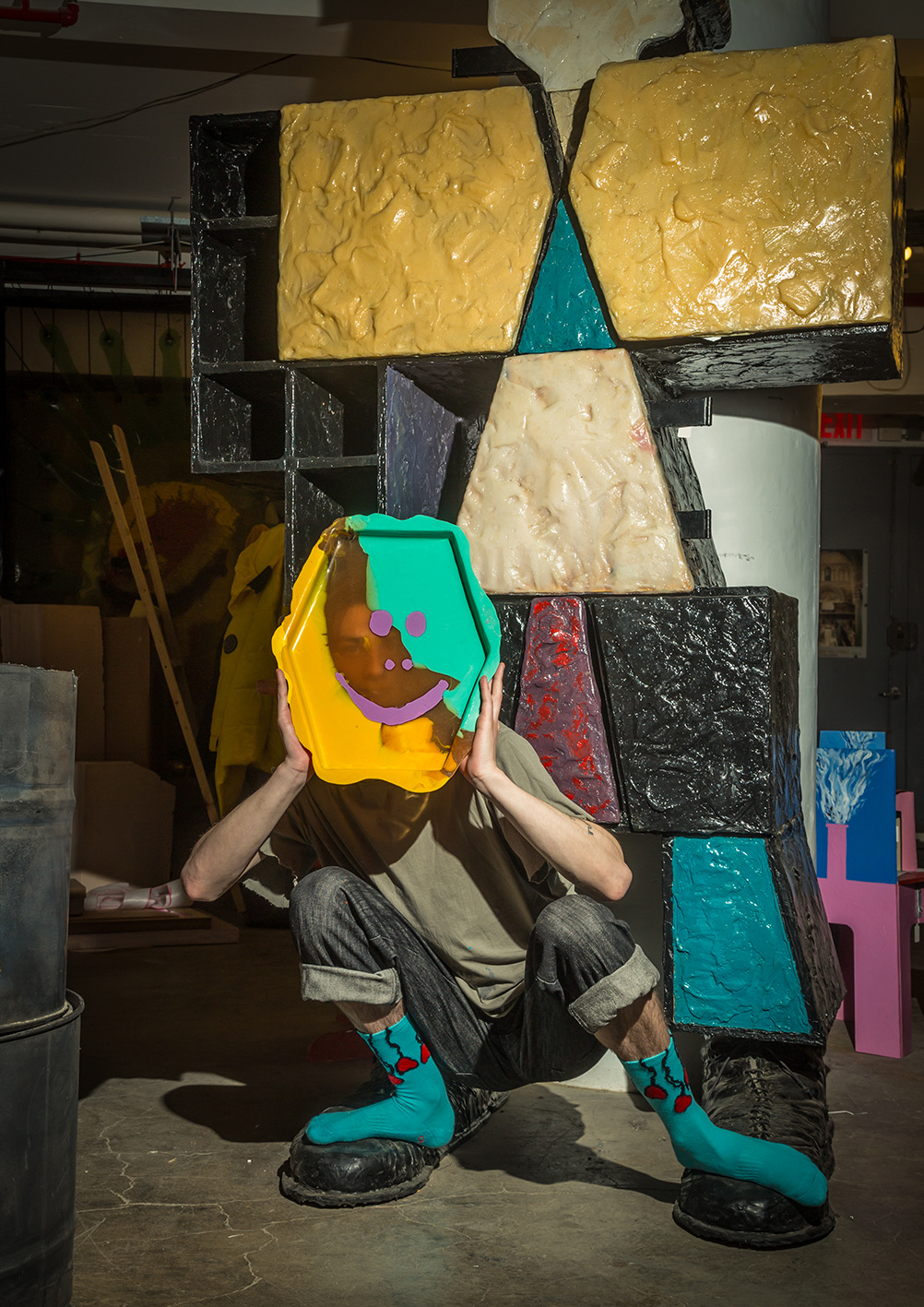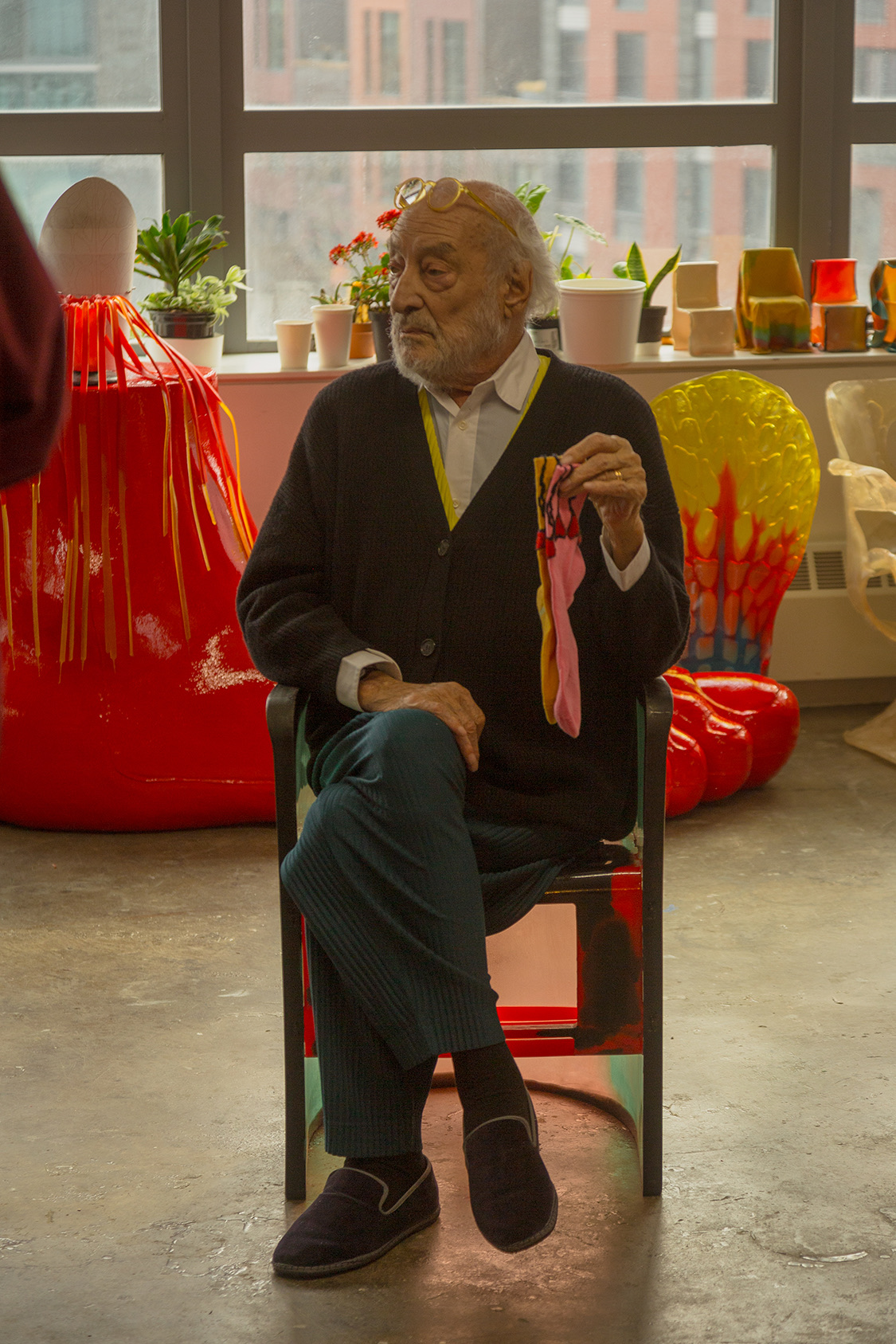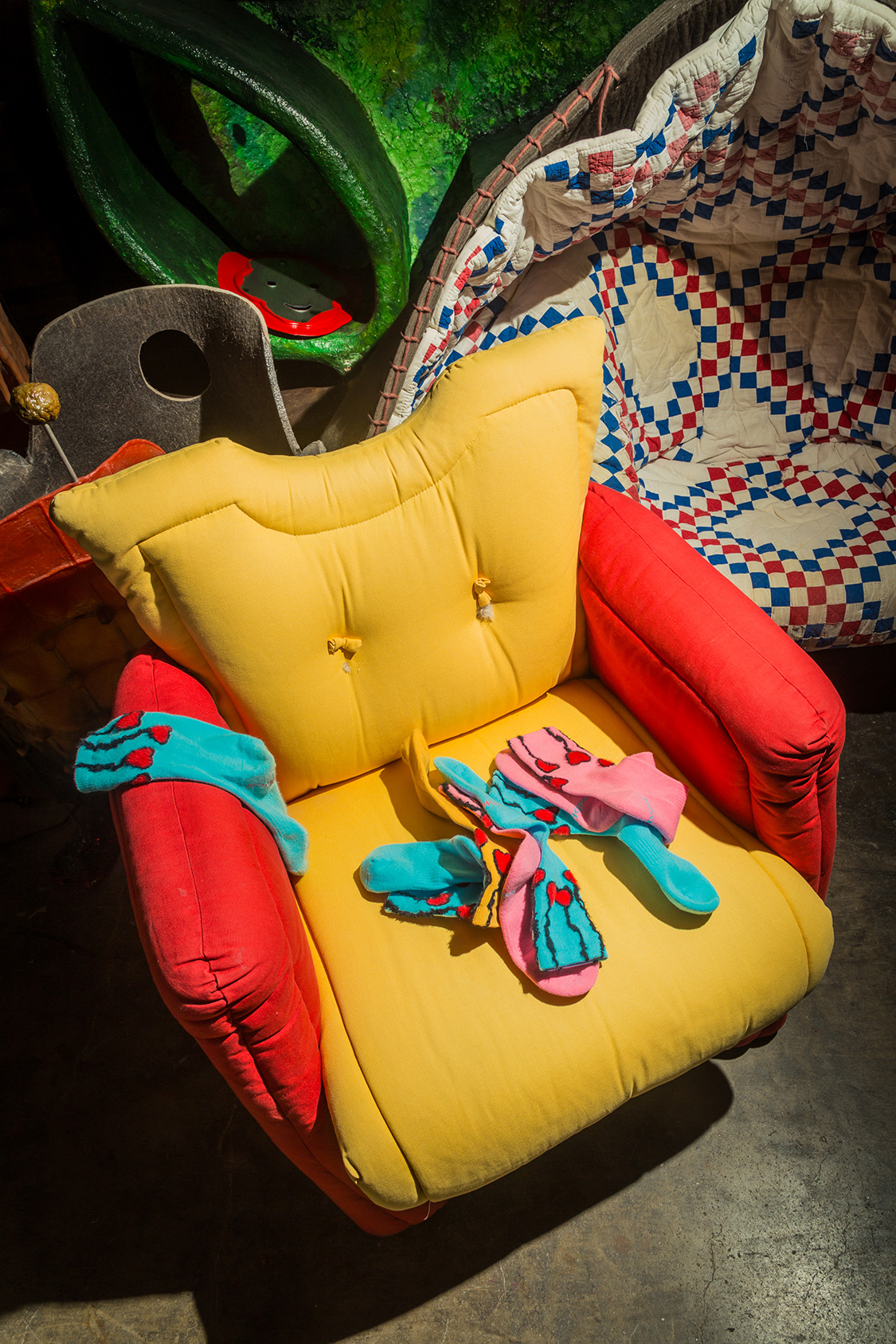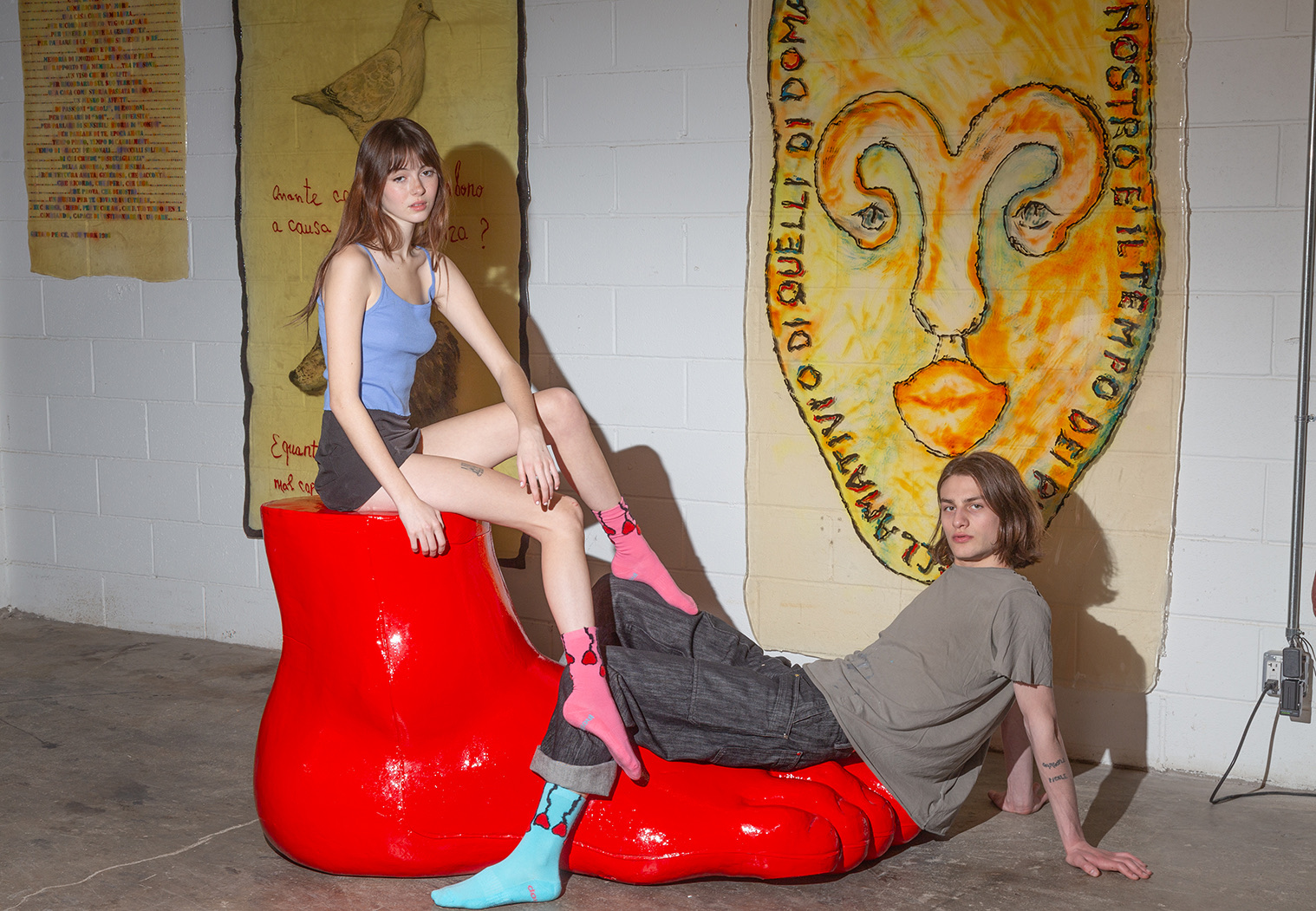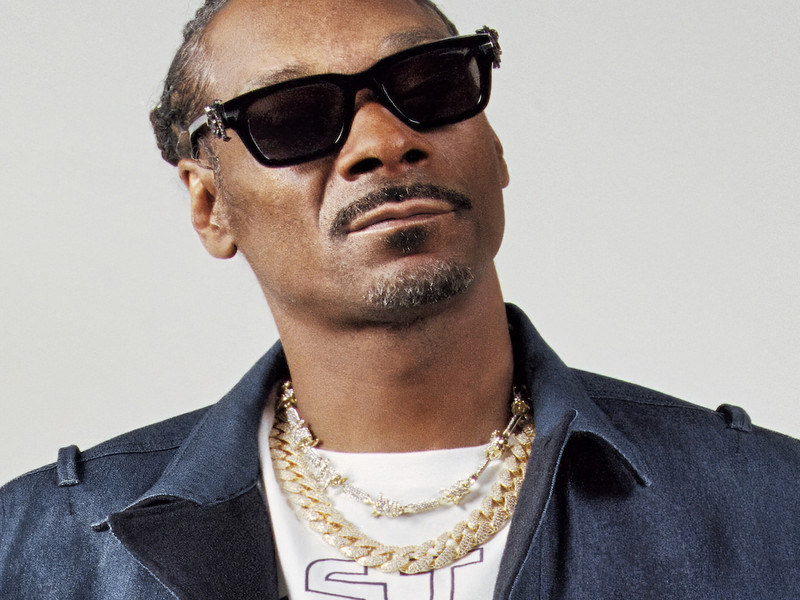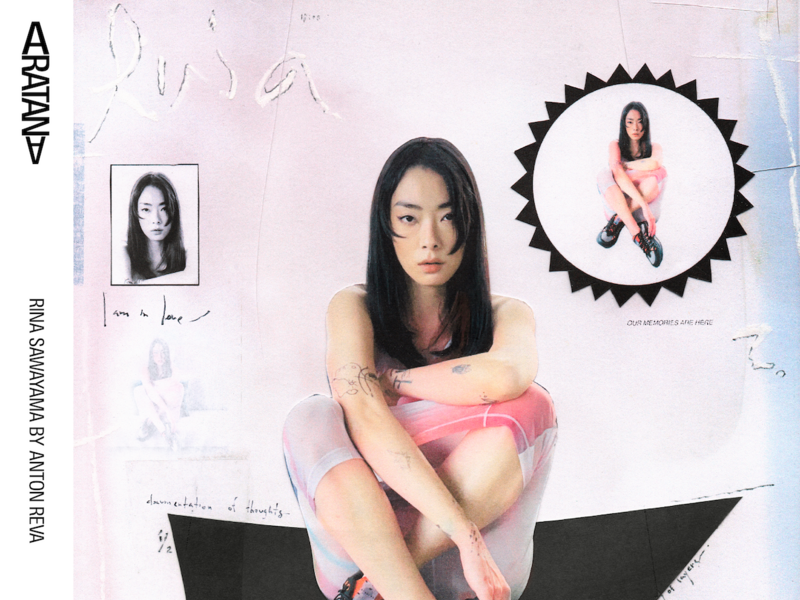LVMH Prize Finalist - KWAIDAN EDITIONS
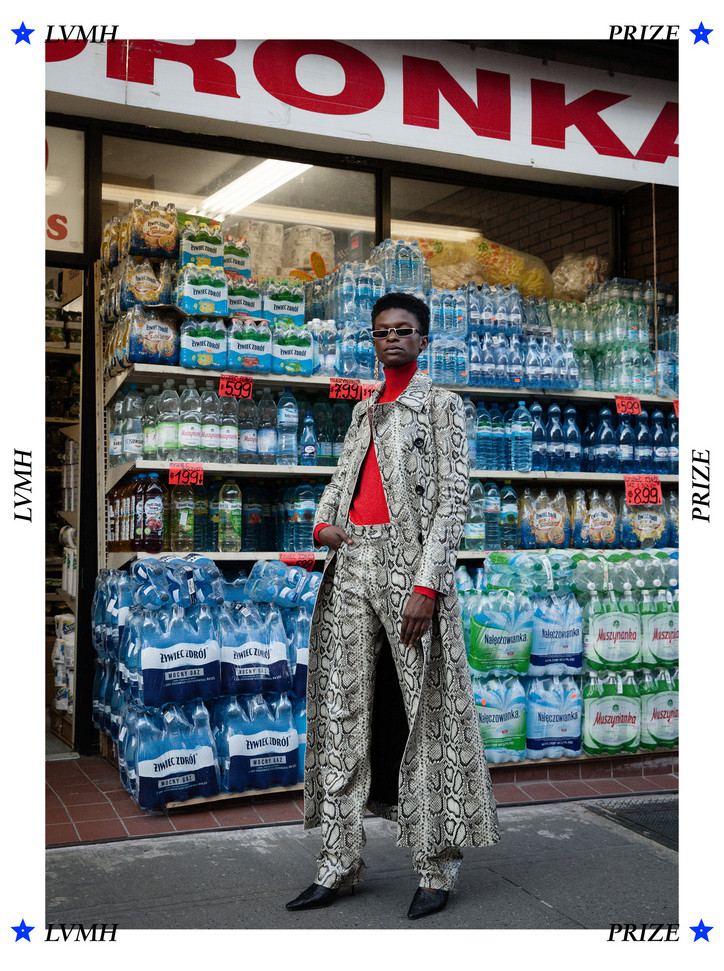
It isn't a surprise that their collections and designs are unique and incredible. What is shocking is how in an overly connected social-media driven age, Kwaidan Editions was able to spring up one day without the ta-da drums of the internet and be able to be so defined in its aestethic and ambition so few seasons in.
The name comes from a 1965 Japanese horror movie, Kwaidan, and that seems to fit well as the label is a little like a spectral entity that comes into view and then vanishes. The brand thrives on opposites, consistantly challenging the balance between feminenity and masculinity with designs that feel both timeless and trendy— sans the quick expiration date that plagues 'trend'.
Dickely an La are no stranger to this fashion's top-tier scene, their resumes tote stints with fashion bemouths like Céline, Balenciaga, and Alexander McQueen, but their LVMH nomination signifies a new, and well deserved, start of what is sure to be a long string of accomplishments stemming from their own label.
We talked to Dickely and La to about ghosts, fashion sustainability, and gender.
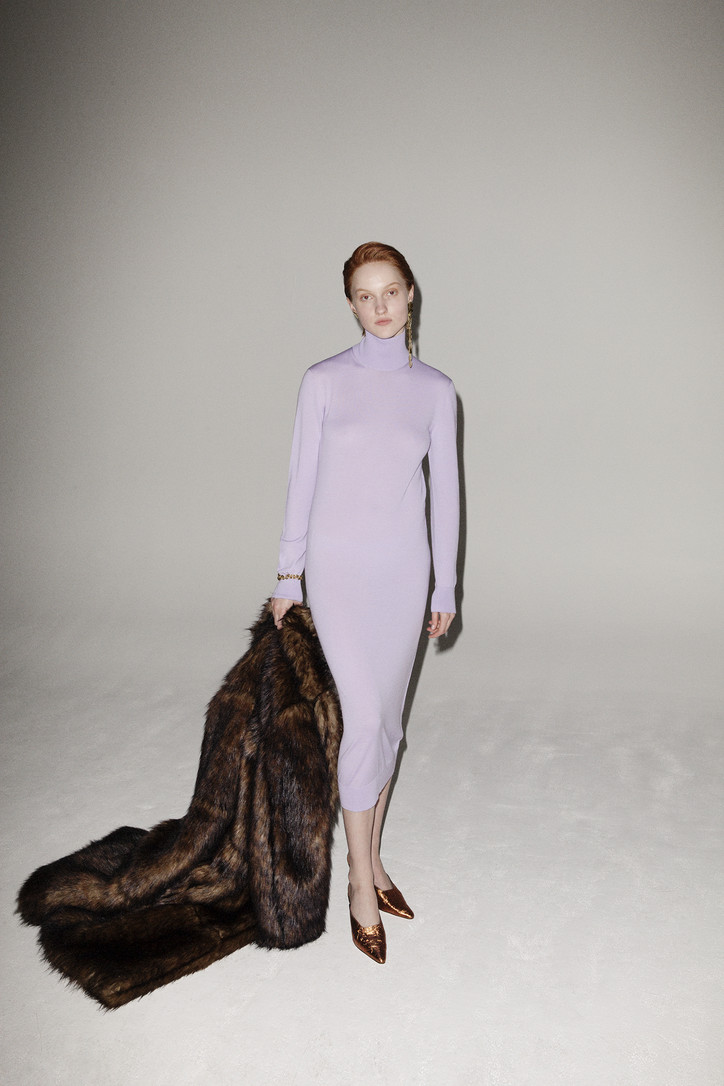
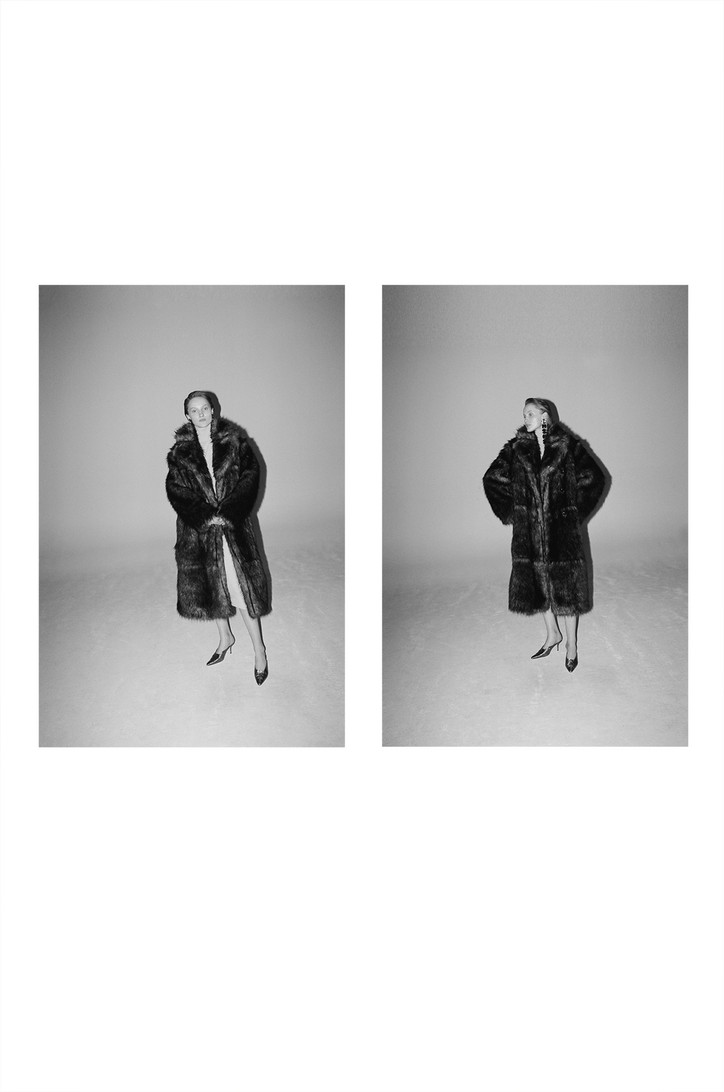
With one of you having work as a fur and leather designer— I’m curious, how do you feel about the sustainability movement? How do you think your work relates, or retaliates?
Hung La: How we view sustainability as Kwaidan Editions is not via a singular measure, it’s not about a single material and whether you use leather or not, for example. We are first and foremost sustainable in terms of scale. We are small, we make concise collections and with a minimum of waste. Our collections are about 15, 16, looks where we’ve both come from Houses that provide double, triple, quadruple that. Now people are questioning if we all really need more, more and more clothes produced at hyperspeed.
Léa Dickely: …And in response to that, part of what we are trying to do is to produce thoughtful, whole garments at a humane pace and made in a humane way where our work resonates with people on a human and emotional level. We might create a beautiful coat from yarns spun from recycled plastic bottles, propose a luxe faux fur coat or use artisanal tie-dye techniques — but we’re also interested in industrial fabrics too; these choices come from an overall aesthetic approach that’s based on much more than a single material choice.
“…but something was missing.” It seems, given all the designer interviews I’ve done, that everyone has this moment. What do you think the moment really is, that makes someone seek their next move?
LD: Ironically we never intended to start a brand but we started to discuss it, at first it wasn’t serious, we were trying on the idea of starting our own brand. We both started design our own lives. That was the driving force, to answer to ourselves and design our own lives.
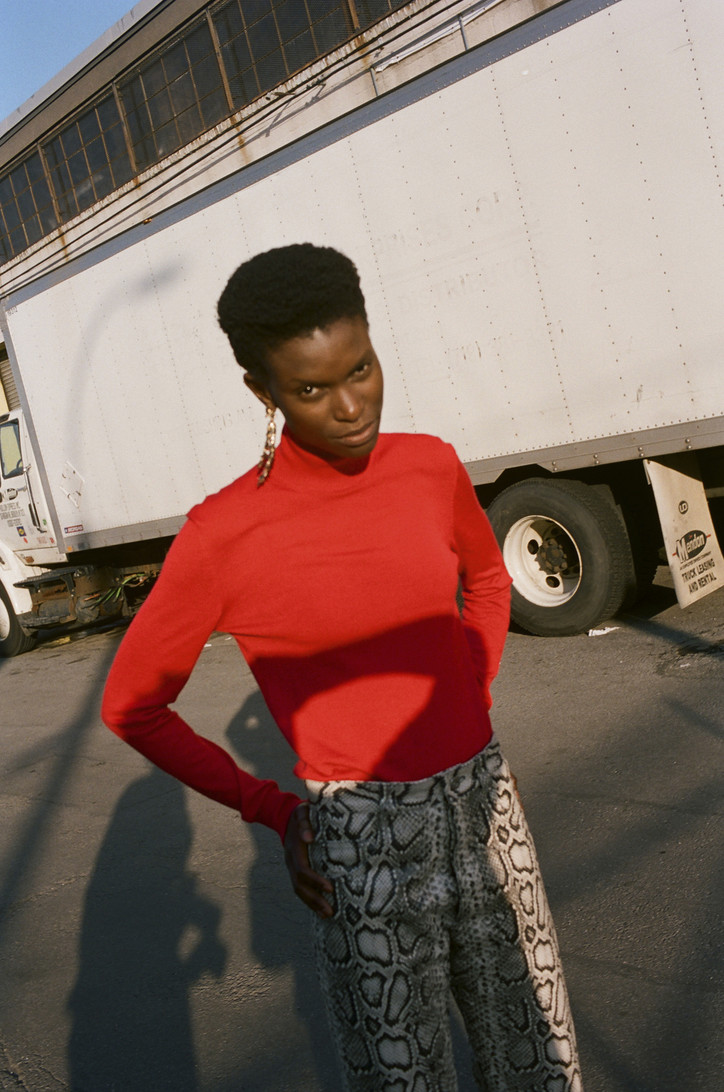
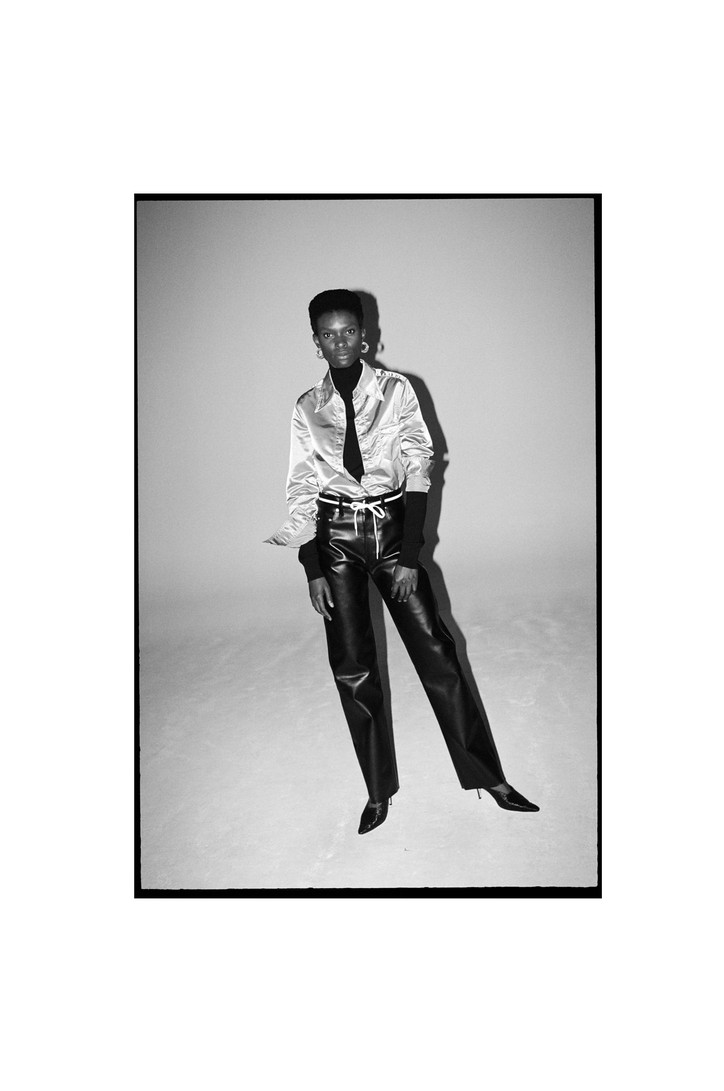
Do you believe in ghosts?
LD: We believe in facing our own ghosts most of all—
HL:— finding them and embracing them.
How do you approach gender with your work? What do you think about the gender-neutral concept of clothing/ Men’s FW v Women’s— especially given how inspired by the idea of opposites you guys are.
(LD/HL): We design for women in a specific way, we begin from the interior. Women borrow from masculine codes and vice versa, but in the end we design for women. Fall Winter was about the idea of a female villain, thinking about how she would think, which societal taboos she would break, what she might borrow from masculine codes to become an outlaw.
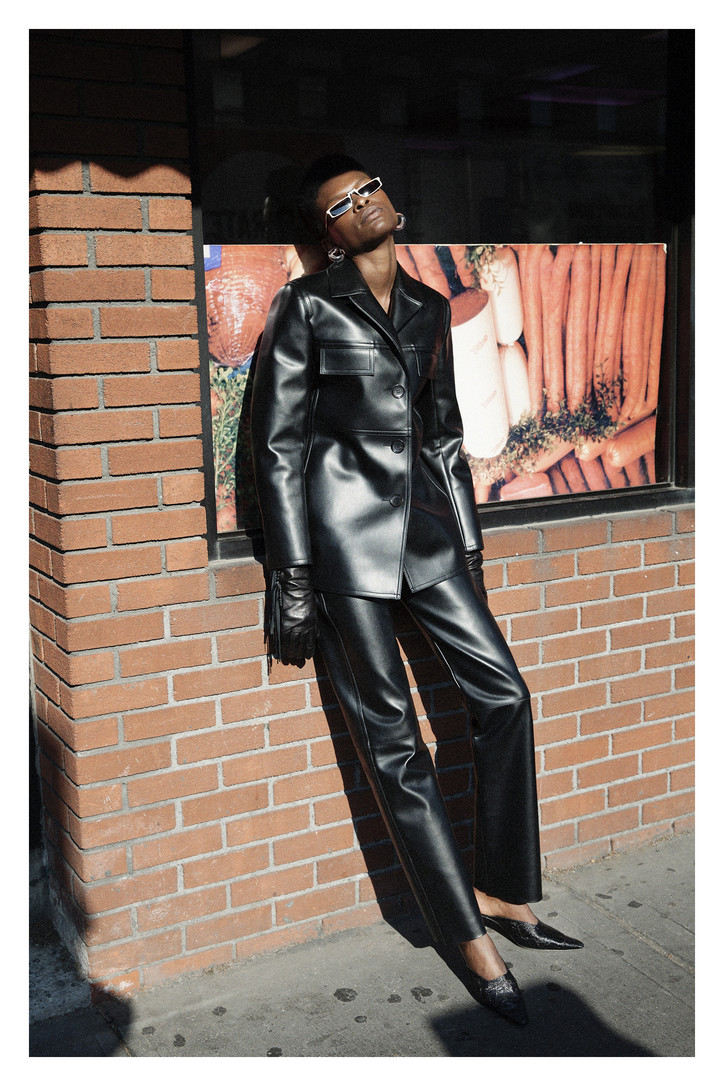
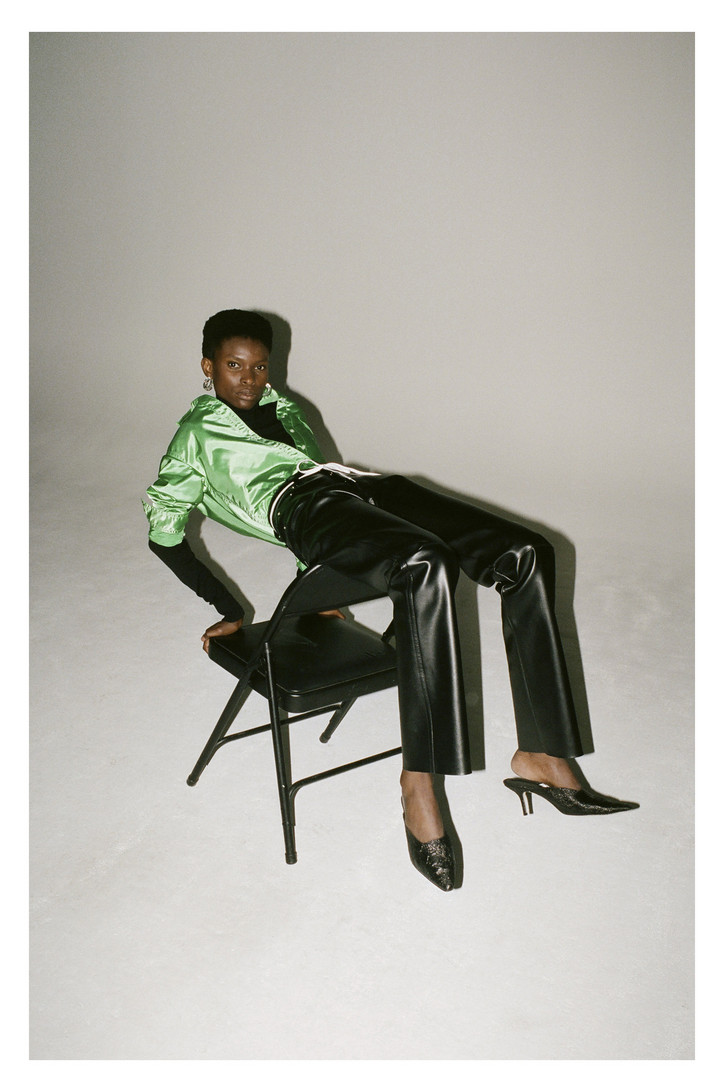
I know you’ve stated your relationship with cinema, and horror— how do you, or even do you, consider your clothing as something that is connected to ‘character’ and set design, as well as simply style?
(LD): When I begin to design I try to build a scene, almost as in creating a film scene by scene.
(HD): When we named our label Kwaidan Editions we were tinking of Kwaidan, a cinematic world.
(LD): It’s a process that is not really knowing, at the beginning I try to establis a kind of place that is a very emotional palce, it’s not necessarily a physically real space but a symbolic one, an atmosphere that becomes an aesthetic.
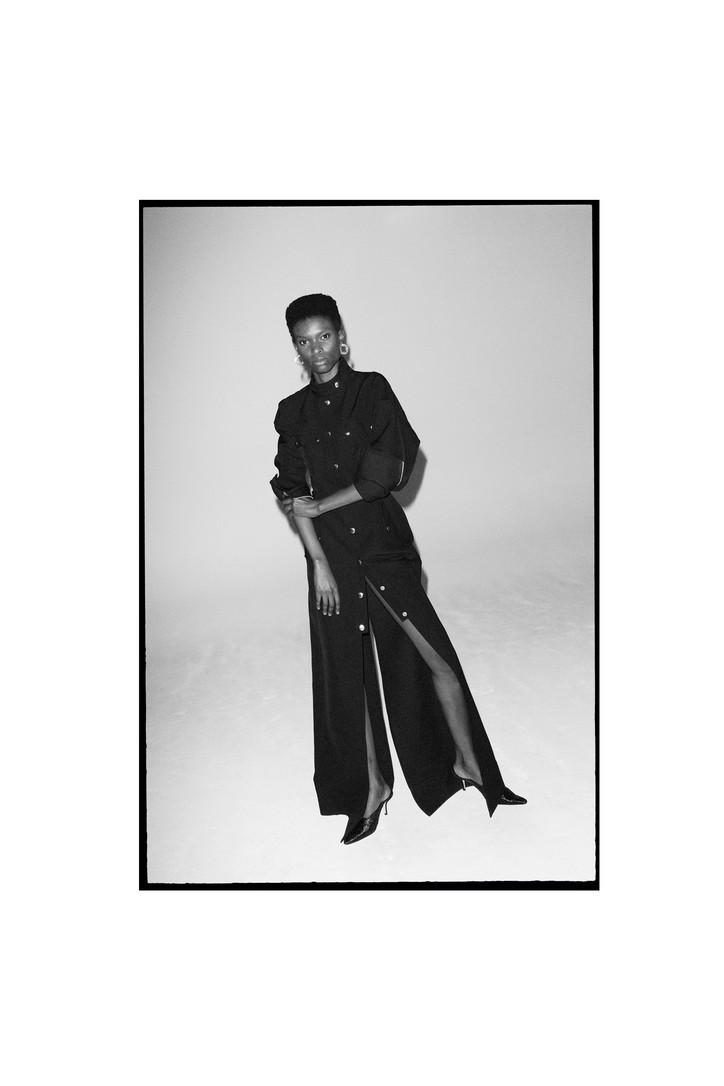

How do you think that working as a duo is helpful/hurtful?
HL: It’s difficult to understand where one of us starts and where the other begins. There’s an ebb and flow between us; from the start Kwaidan Editions is about the dynamic between us as very opposite characters. I guess Kwaidan Editions is based on the tension between us: there’s this taut string that gets pulled between us and the creative aspects emerge from the clash between our characters.
LD: Hung makes things happen and I am more the internal vision - if it were just me alone, Kwaidan Editions would not exist. It can be very confrontational between us and if we don’t both agree then we don’t do it. If we really don’t agree we have to fight to make a point and make the other one understand — in this way we find our common ground, our shared values.
What is next!? How do you feel you stand out from the other LVMH nominees?
HL: We want to evolve slowly and feel like we’re building the Kwaidan Editions world scene by scene.
